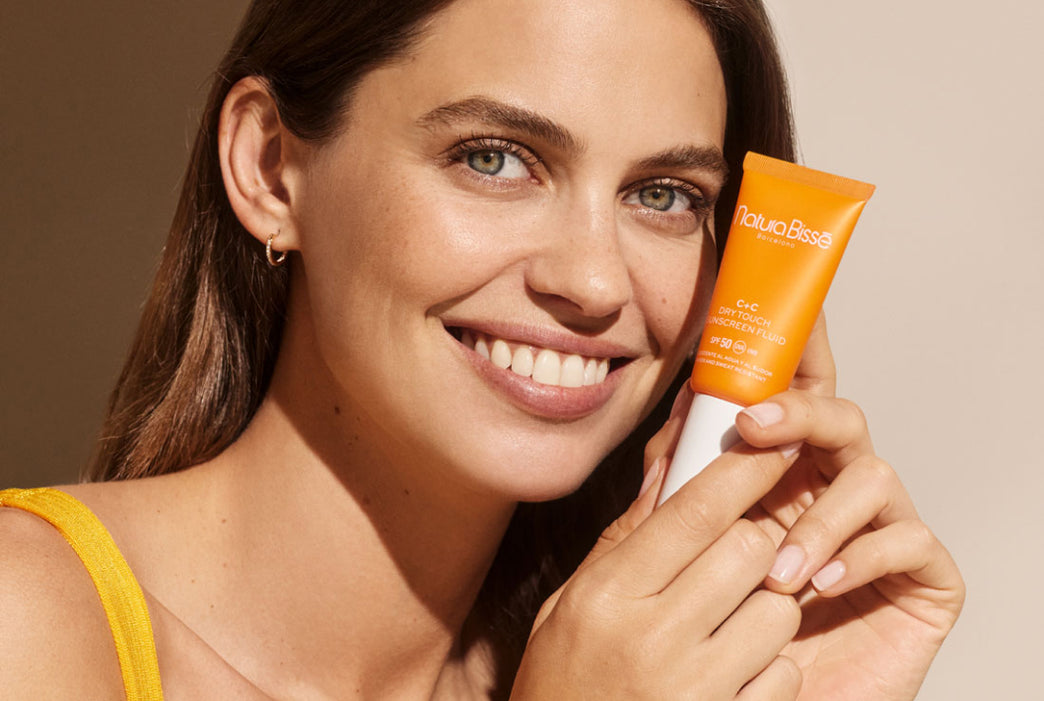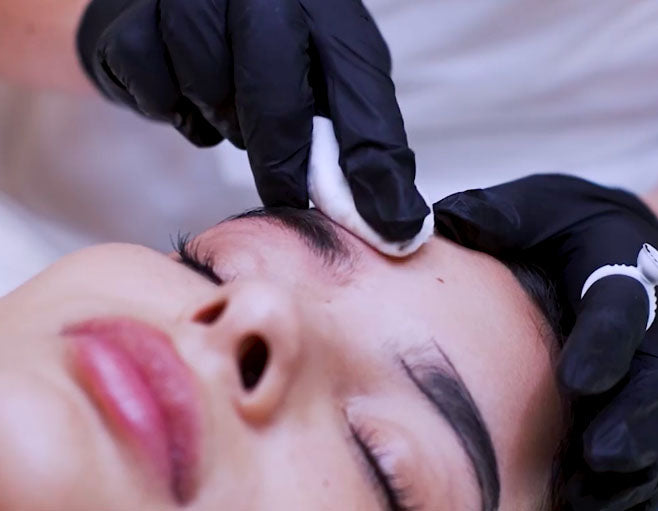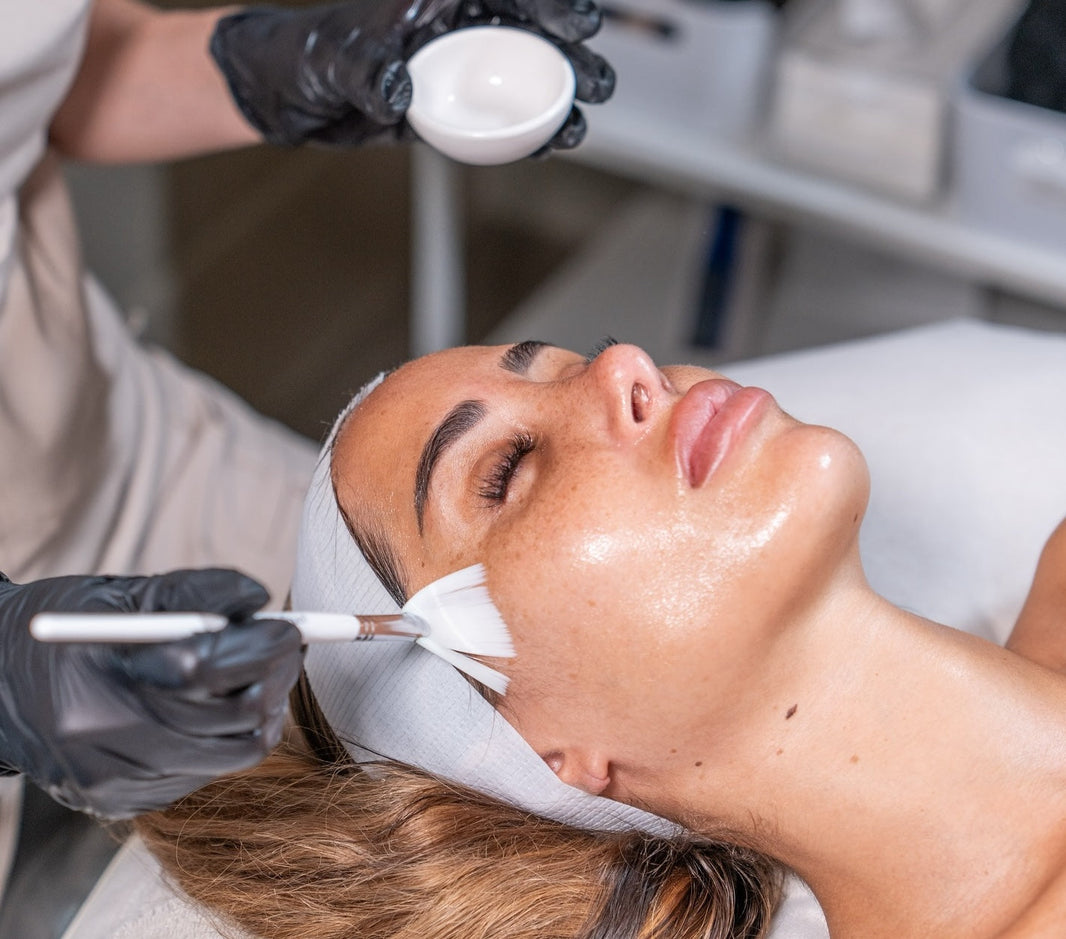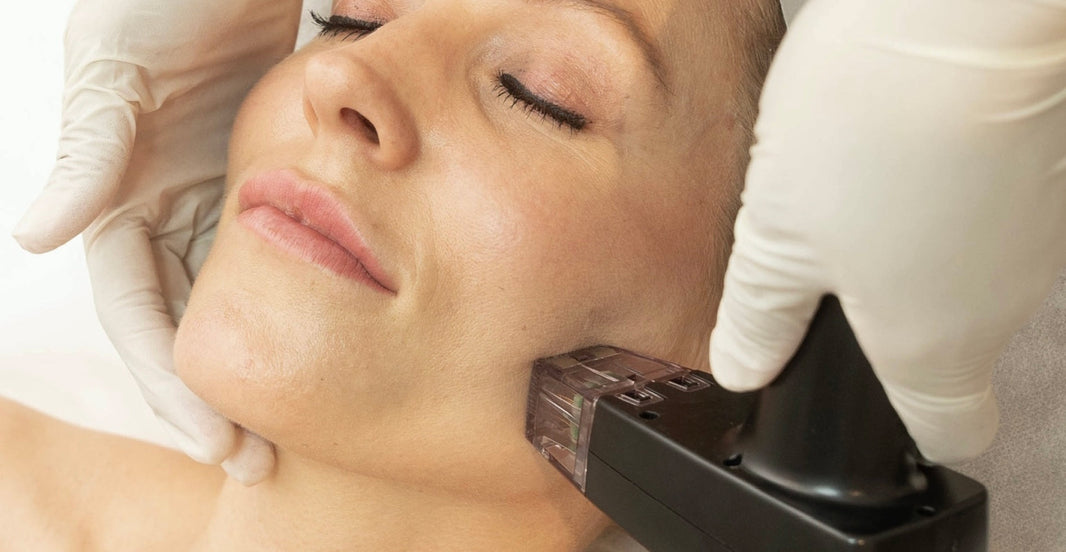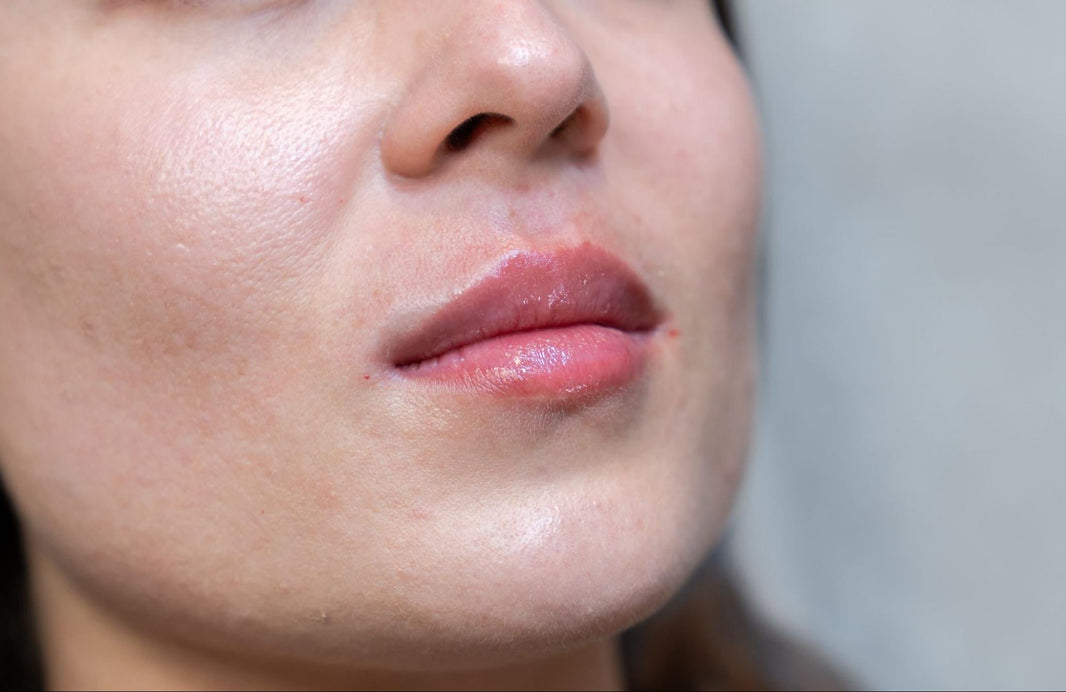Microblading, like any other cosmetic procedure, involves various tools and liquids coming into contact with the skin, including numbing agents, pigments for permanent makeup, the blades themselves, and various aftercare items. Any one of them could result in an allergic reaction. An individual may be allergic to or sensitive to certain ingredients found in microblading materials. They range from color components to the metal of the blades. So how can an allergic reaction to microblading be predicted, avoided, and managed?
Is It Possible to Have an Allergy to Microblading?
While it isn't feasible to have an allergic reaction to the treatment itself, it certainly is likely to be allergic to any of the components included in the procedure. An allergic reaction to microblading can be triggered by one or more of the following:
- Ingredients of one or more aftercare products
- The metal of the microblading blades
- Ingredients of PMU pigments
- The latex in the artist's gloves
- Something else used during the treatment
- Ingredients of numbing product
- Something else applied to the micro-bladed area post-treatment
What Are Common Microblading Allergy Symptoms?
The signs of a microblading allergy are similar to those of many other dermal allergies. Typical signs of an allergic reaction to microblading include
- Itchiness
- Irritation
- Rash
- Redness
- Blistering
- Stinging
- Burning
- Swelling of the brow and eye area
Methods to Avoid Allergy Reactions
Patch Testing
First, make sure that the face gym that you visit does a patch test on everything that they would use in the procedure 48-72 hours prior to the appointment. It's crucial to evaluate all products intradermally. Since chemicals that reach the bloodstream induce the body to react more strongly, simply administering them topically is insufficient. Patch tests applied topically won't give you a clear picture of the risks.
Alternative Supplies
Second, based on the outcomes of your patch test, ensure the professionals have a few alternative items lined up. Request them to make preparations for pigments without iron oxide or titanium oxide if they react to metals. Have surgical blades made from stainless steel in case of microblading nickel allergy. Have an array of aftercare products available.
Tips for Aftercare
Stay Out Of The Sun - Your newly bladed brows are very sensitive as they are freshly healed from the procedure. To prevent any damage, excessive fading, or scars, be sure to wear sunscreen and hats when going outdoors. This will also help keep your natural skin color!
Avoid Water and Sweat - Exercise and hot showers should be avoided right after your microblading procedure since sweat can irritate newly applied ink and cause it to fade more quickly when exposed to salt and moisture. You can restart routine sweat and water activities like exercise after a sufficient amount of time (3–7 days) has passed!
Look After Your Skin - Following microblading, it's crucial that you take good care of your skin. Employ a mild cleanser every morning and evening, then moisturize at least once a day, making sure to avoid the sun for at least an hour afterward. Before going outside in the sun, you should use oil-free moisturizers with SPF for 24 hours.
Plan Downtime - Be prepared for some downtime during treatments like these! Expectations may vary depending on your skin type; nevertheless, if you can, prepare for 7–10 days to ensure full healing and prevent early fading of the color and shape of your new eyebrows!
Avoid using makeup and pigment near areas with blades - We also advise staying away from cosmetics throughout the healing process, especially anything with alcohol or pigments as these could irritate the newly cut region and lead to fading problems later on. Or rather consult an expert and get a semi-permanent makeup treatment done so that you do not have to worry much about your makeup.
Related Articles
Cart
Don't miss out on the best deals!
Your cart may be empty now, but let us help you fill it up with amazing products.
- Choosing a selection results in a full page refresh.

